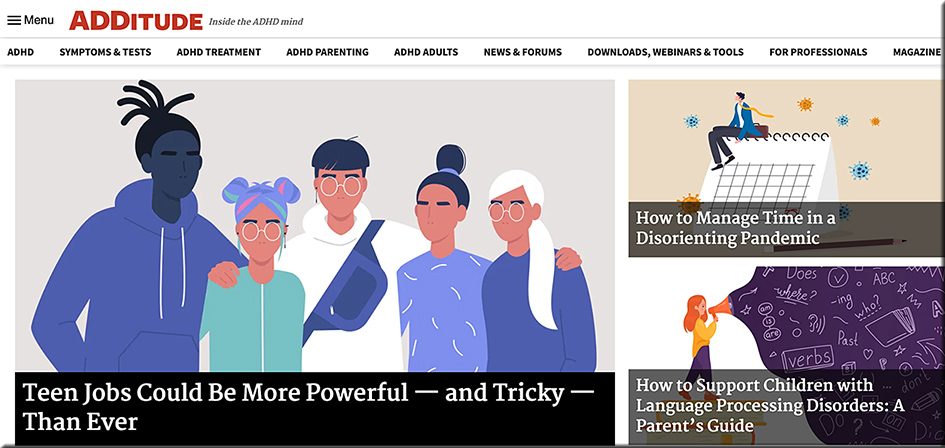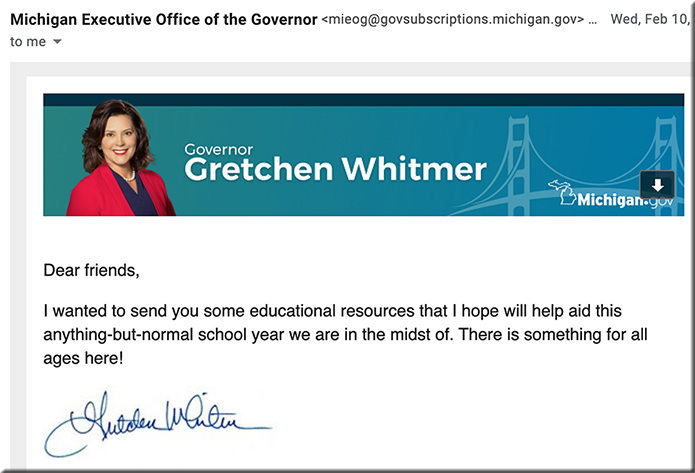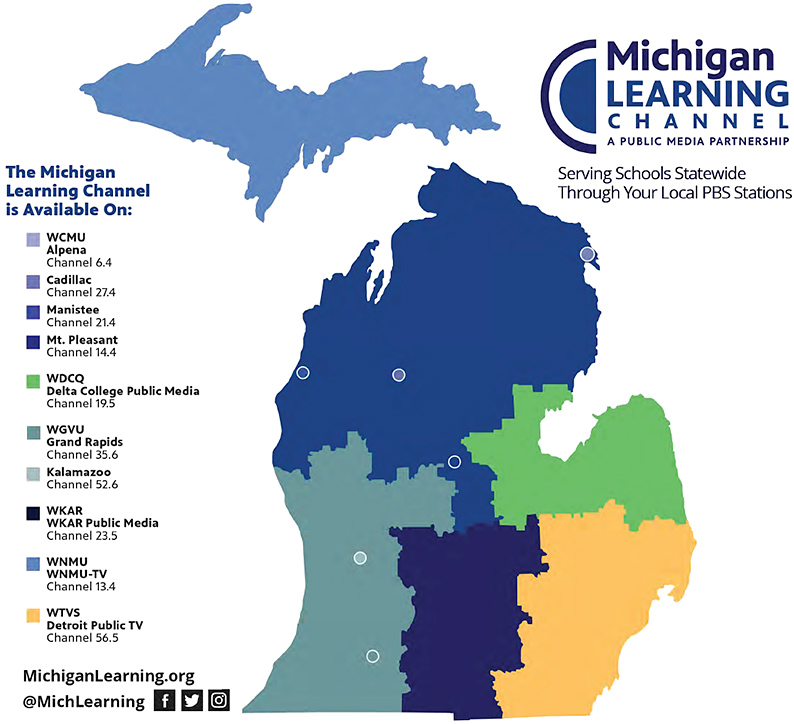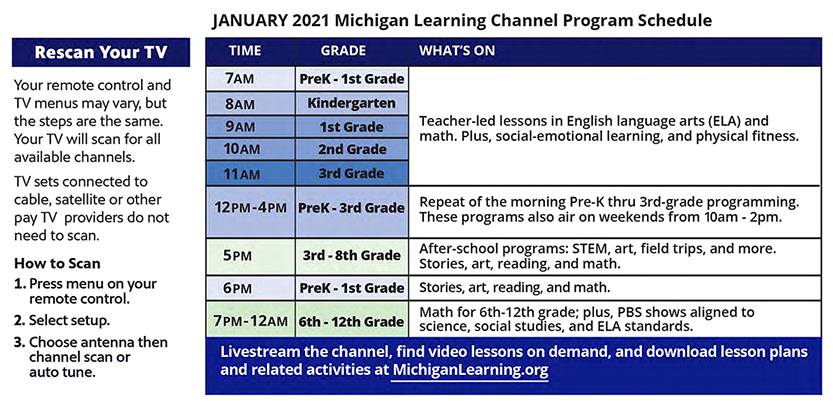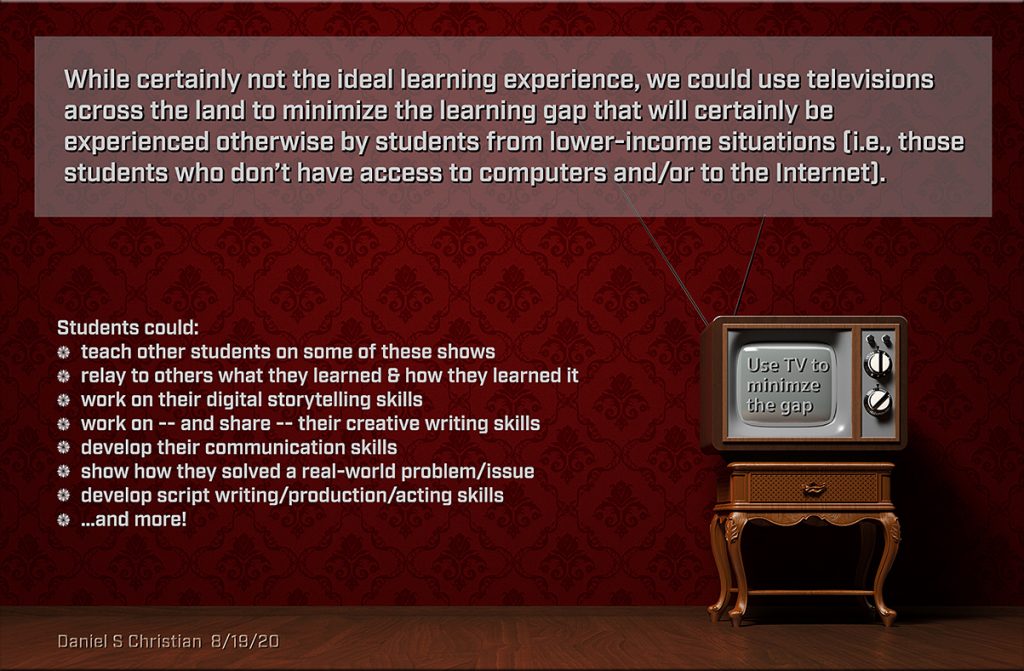Public Viewpoint: COVID-19 Work and Education Research — from cci.stradaeducation.org
Excerpt:
In the recovering economy, employers will play a central role as Americans look to reskill, upskill, and compete in the workforce. But what do people want and expect from employers’ hiring, advancement, and training practices? In this research we explore the public’s perceptions on skills-based hiring, preferences for employer-provided education and training benefits, and beliefs about who should fund education and training.
This week’s data are based on the Strada Student Viewpoint and Strada-Gallup Education Consumer surveys. The research is intended to provide insights to the education and training providers, policymakers, employers, and individual Americans who are navigating the COVID-19 crisis.









